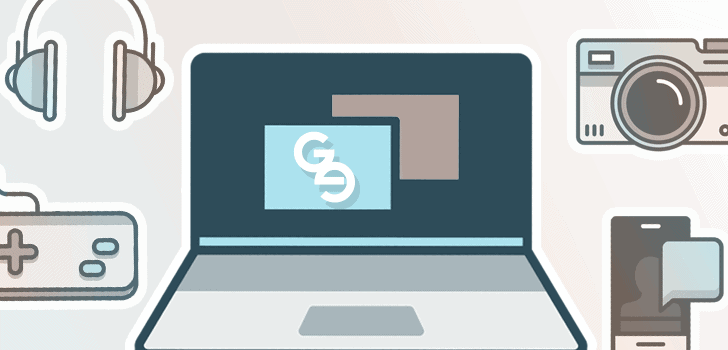The automotive industry is embracing wearables in the same way that it embraced smartphones. Car manufacturers are developing innovative and creative ways for people to connect to their cars through their wearables, even bypassing phones in some cases. Existing and upcoming products tune the car to the driver and vice versa, creating a link that was once the province of science fiction. The smartwatch freed people from their smartphone, and now it’s connecting people to their cars in a mutually beneficial way. The same goes for smart glasses like the Google Glass. Following are four ways that wearables could change how we drive in the near and distant future.
Monitoring the Health of the Driver
Both Audi and Ford are working on developing software to monitor the health of the driver via the smartwatch. Smartwatches can currently detect pulse rate and blood pressure, two data points that can be used to determine alertness. Over time, the program learns from the data it’s given via the watch to determine how alert the driver is the moment he or she uses it to connect to the car. A smartwatch like the Samsung Gear S2 has the ability to take full advantage of these features and still be convenient and unobtrusive.
The car compensates for hazards depending on the level of alertness of the driver. The less alert the driver is, the more the internal systems take over. Blind spot monitoring turns on, and assisted braking engages. Although it’s safety at its finest, the programming is still in the early stages of development.
Sending Navigation Information to the Watch
It’s not always possible for drivers to keep an eye on the navigation screen. There’s sometimes simply too much going on to look down and lose partial view of the road ahead. It’s far more convenient and safer to view information on the watch, because the wrist is already in the line of sight. Turning the wrist over to view the information on the watch screen doesn’t require a lot of effort, and it’s easier to hold the watch in the field of vision without losing sight of the road. Drivers can view navigation directions and traffic alerts with a flick of the wrist rather than taking their eyes off the road.
Controlling Functions Through Voice Commands
Many cars already have voice control of internal functions, allowing the driver to say “turn up the volume” or “turn on the heat” and have the car respond appropriately. This is a notable safety feature, since the driver doesn’t have to take his or her eyes off the road to fiddle with the controls. But road noise and ambient noise inside the car have the potential to drown out the driver’s voice and prevent the microphone from picking up his or her commands. Connecting a smartwatch adds redundancy and another layer of control over functions such as climate control, lighting, and radio — no more confusion about whether the car heard the command and responded accurately.
Integrating With Smart Glasses
So far, Google is the only company that has come up with smart glasses, and the effect of the product on the market has been limited. The idea is still viable, however, and it’s one that Mercedes Benz is embracing with its Glassware project. This initiative involves sending a GPS map to smart glasses. A driver puts on the glasses, connects with the car, and inputs the coordinates for the destination. Once the car is in motion, it sends the map to one of the lenses, and the driver tracks the route while still focusing on the road.
Mercedes Benz and other companies are also integrating safety systems into smart glasses to override drivers’ inattention or to give them information about upcoming hazards. There are also systems being developed to help smart glasses wearers when they’re outside the car, such as remote lock/unlock and start, vehicle finder, and service reminders.
Connecting wearables with cars is an idea that is still in its infancy, but it has the potential to permanently change how people drive their cars and reach their destinations.
